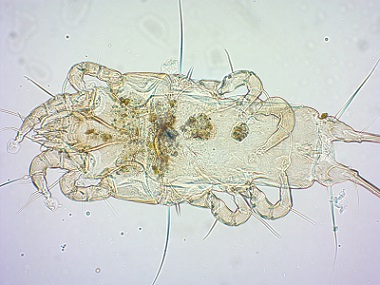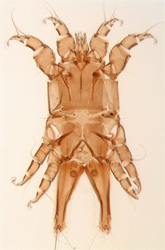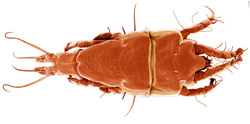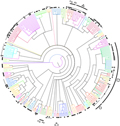
Welcome
Welcome to the official website of the Doñana Biological Station (EBD-CSIC)...

The Doñana Biological Station: EBD-CSIC
The Doñana Biological Station is a public Research Institute belonging to the Spanish Council for Scientific Research CSIC in the area of Natural Resources...

Mission
Our fundamental mission is to carry out multidisciplinary research of the highest standard directed to understanding the way in which biodiversity is generated, maintained and deteriorates, as well as the consequences of its loss...

Our methods
We apply many techniques within a multidisciplinary framework, from molecular genetics to remote sensing, and from modelling to physiological and isotopic analyses...

Monitoring the environment
Monitoring biodiversity at the Doñana Natural Space cover a wide range of communities, including both terrestrial and aquatic organisms...

Aims
Our aims include the study of the ecological and evolutionary processes by combining field work, mathematical and statistical models and physiological and genetic analysis...
 Outstanding
Outstanding
-
 Feather mites, small “vacuum cleaners” that clean the plumage of birds at night
Feather mites, small “vacuum cleaners” that clean the plumage of birds at night -
 “More Than Meets the Eye”: Cryptic diversity and contrasting patterns of host-specificity in feather mites inhabiting seabirds
“More Than Meets the Eye”: Cryptic diversity and contrasting patterns of host-specificity in feather mites inhabiting seabirds -
 Feather mites play a role in cleaning host feathers
Feather mites play a role in cleaning host feathers -
 Infrapopulation size explains genetic diversity in a host-symbiont non-model system
Infrapopulation size explains genetic diversity in a host-symbiont non-model system -
 Powerful tools to improve studies of feather mites
Powerful tools to improve studies of feather mites

 Feather mites, small “vacuum cleaners” that clean the plumage of birds at night
Feather mites, small “vacuum cleaners” that clean the plumage of birds at night



